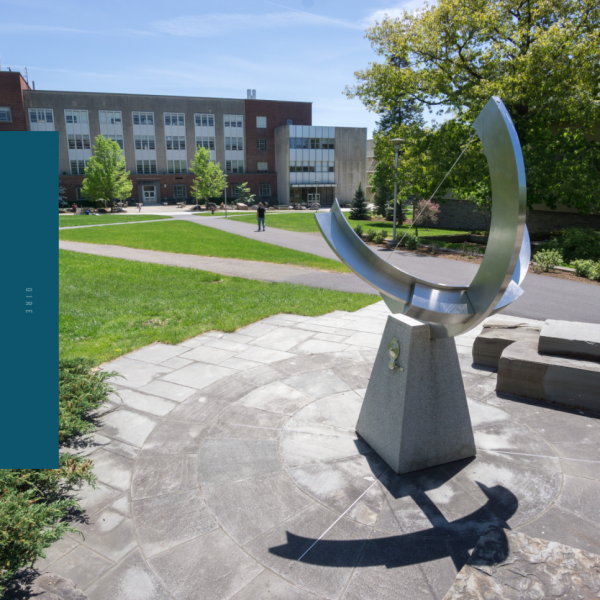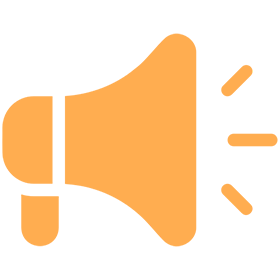|

Since 1990, jobs in STEM fields have grown by 79%, going from 9.7 million to 17.3 million. For computer science majors, lifetime earnings are $1.67 million, which is 40% higher than the $1.19 million average for college graduates. This has led more students to pursue STEM careers. Accel Education reports a big increase in applicants to Cornell University's College of Engineering, from about 9,400 in 2012 to over 13,200 in 2019. To compete with this rise in applicants, students should show clearly in their applications that they are interested in STEM and have the skills needed.
IB
Students in the IB Diploma Programme (IBDP) typically take 3 Higher Level (HL) and 3 Standard Level (SL) subjects. For Mathematics, it's advantageous to take it at HL level.
In Group 4 Science, students choose one from Biology, Chemistry, Computer Science, Design Technology, Physics, or Sports, Exercise, and Health Science at HL level to demonstrate their competency in science when submitting grades to colleges. To focus more on science skills, some students choose two subjects from Group 4 Science instead of taking a Group 6 Art course. IB students also need to prepare for TOK (Theory of Knowledge), EE (Extended Essay), and CAS (Creativity, Activity, Service), so planning a study schedule during both school terms and vacations is crucial.
AP
For AP schools aiming for admission to STEM programs, certain required subjects must be submitted. In particular, for subjects like Calculus, it's advisable to score at least a 4 on the BC exam by graduation to ensure competitiveness. Applicants typically have between 5 to 10 STEM AP scores.
1. Science - Biology - Chemistry - Environmental Science - Physics 1, 2, C (Electricity and Magnetism; Mechanics) - Computer Science Principles - Computer Science A 2. Technology - Computer Science Principles - Computer Science A 3. Engineering - Precalculus - Biology - Calculus AB & BC - Chemistry - Environmental Science - Physics 1, 2, C (Electricity and Magnetism) - Statistics - Computer Science Principles - Computer Science A 4. Math - Precalculus - Calculus AB & BC - Statistics - Computer Science Principles - Computer Science A
SAT
Many students find it challenging due to demanding standardized test scores (SAT, IB, AP, ACT, TOEFL). Top-ranked STEM universities in the United States require high standardized test scores. Having a strong GPA also enhances your chances of admission. According to 2022 statistics, competitive applicants typically score a minimum of 35 on the ACT and 1530 on the SAT.
In particular, for the ACT, are beneficial, while for the SAT, a high score in Math is advantageous for applying to STEM programs.
TOP STEM Schools
|
SAT
25th Percentile |
SAT
75th Percentile |
ACT
25th Percentile |
ACT
75th Percentile |
MIT | 1510 | 1580 | 32 | 35 | CalTech | N/A | N/A | 35 | 36 | Stanford |
1470 |
1570 |
34 |
35 |
Princeton |
1460 |
1570 |
32 |
35 |
Harvard |
1480 |
1580 |
33 |
35 |
TOP 50 Schools | SAT
25th Percentile | SAT
75th Percentile | ACT
25th Percentile | ACT
75th Percentile | Purdue | 1190 | 1440 | 25 | 32 | NYU | 1370 | 1510 | 30 | 34 | University of Washington, Seattle | 1220 | 1460 | 27 | 32 | UC San Diego | 1250 | 1470 | 26 | 33 | Texas A&M | 1180 | 1390 | 26 | 31 |
For international students, it's crucial to focus on achieving scores at the 75th percentile or higher. The 25th percentile scores are often tailored for specific cases among U.S. residents, such as those with special qualifications or children of socially prominent individuals.
SAT II Subject Test
SAT II Subject Tests are not as essential as AP and IB exams, but submitting them can be beneficial if they demonstrate your capabilities (especially if you achieve high scores). Particularly, different well-known STEM universities have preferences and trends regarding SAT II Subject Tests:
MIT: Math and Science subjects
CalTech: Previously required Math Level 2 and Science subjects, but it's no longer mandatory since January 2020.
Georgia Tech: While not required, they consider SAT II scores along with AP and IB scores.
|
 Click here to book
Click here to book